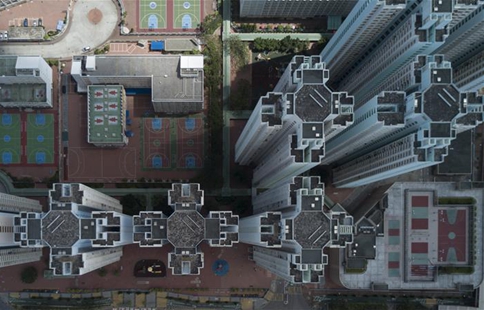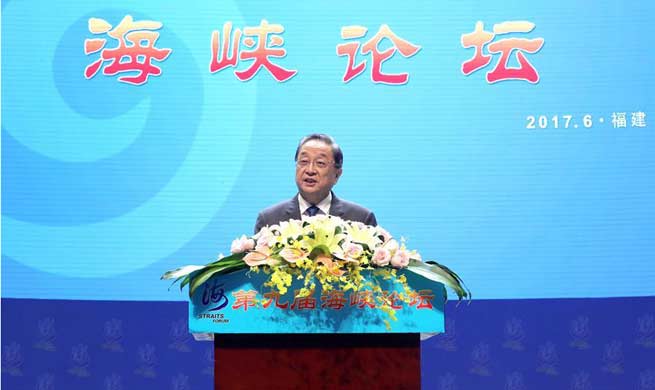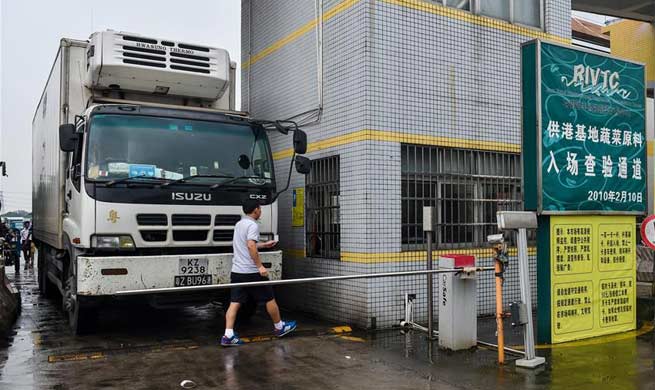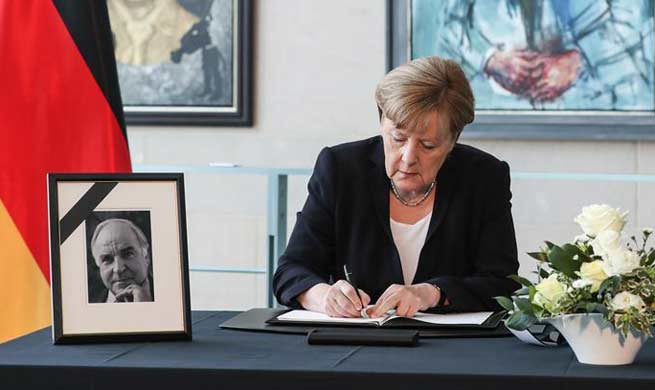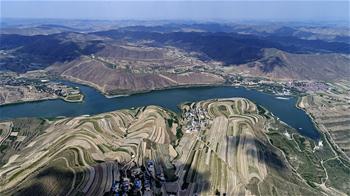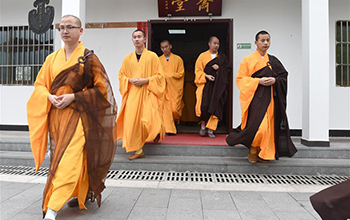BEIJING, June 19 (Xinhua) -- As China began testing its first domestically-developed driverless metro system, engineers and automation experts allayed the concerns and anxiety of some members of the public toward the new technology.
The automated operation system, to be put into operation on Beijing's Yanfang line by the end of the year, will avoid accidents caused by misjudgment or operational errors by controllers, they said.
Metro trains will be operated according to set programs and occasionally receive commands from a unified control center, said Wang Daomin, a project manager with Beijing MTR Construction Administration Corporation, one of the train's developers.
"The train has no conventional drivers compartment," Wang said. "A duty officer will be on board during the initial phases, but that role will be removed later on."
In one demonstration, Xinhua reporters watched a train start, depart from a station and arrive at another, passengers disembark and board. The whole process was run smoothly without a controller.
Engineers said the automated train can travel at speeds of up to 80 kilometers per hour and has maximum capacity of 1,262 passengers.
"The system will remove the safety risks caused by human error," said Tang Tao, director of the State Key Lab of Rail Traffic Control and Safety at Beijing Jiaotong University.
Tang said the automated system can monitor real-time track situations and intervene to prevent crashes.
"While some people may not feel comfortable with the driverless system, it is actually safer as it operates more precisely," he said.
Human errors have been blamed for a series of subway accidents in recent years including a 2011 rear-end collision in Shanghai that injured nearly 300 passengers. In that case, train operators were found to have failed to follow proper procedure while operating the trains manually.
Sun Qingbin, a lead engineer involved in the test runs, said safety remains the top priority in testing the new system.
He said multi-layer safety measures are in place to deal with emergencies.
Beijing Jiaotong University and six rail-tech companies are behind the system's development.
"We began the research a long time ago, but this will be the first time we use the technology in China," said Gao Chunhai, chairman of Traffic Control Technology Co., one of the participating firms.
"China has full intellectual property rights for the system," Gao added.
The automated system costs only 2 percent more than the conventional manual driver system, but will save energy by around 15 percent once it is operational, said Ding Shukui, general manager of Beijing MTR Construction Administration Corporation.
The Yanfang line spans 14.4 km, connecting Beijing's southwestern suburb Fangshan with the inner city.
Beijing is among many large Chinese cities building extensive subway networks to ease road congestion.
The city currently has 19 subway lines with a combined length of 574 km, most of which were built in the past decade. The network is planned to expand to 29 lines spanning 999 km in the next few years.
With the volume of subway construction in China set to lead the world in the coming years, the self-developed automated system will definitely set an example, Ding said.








